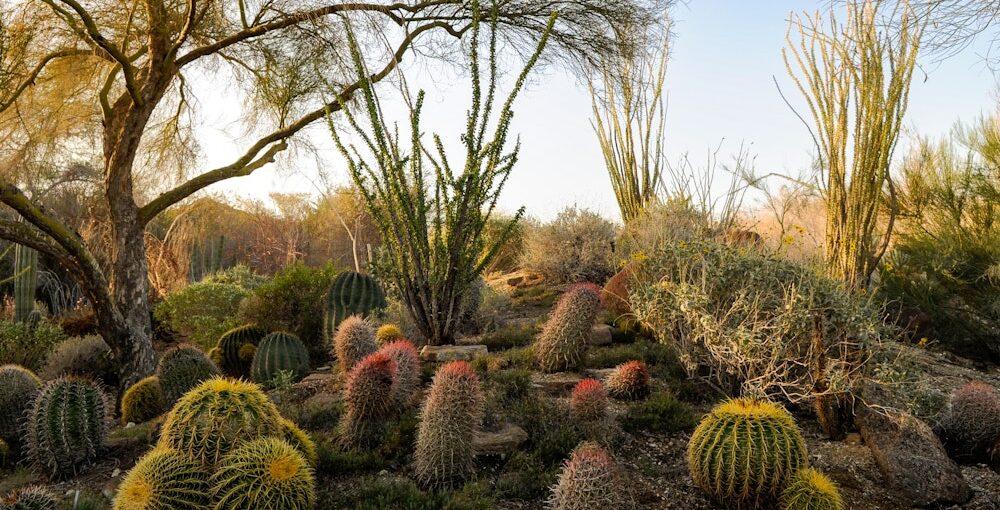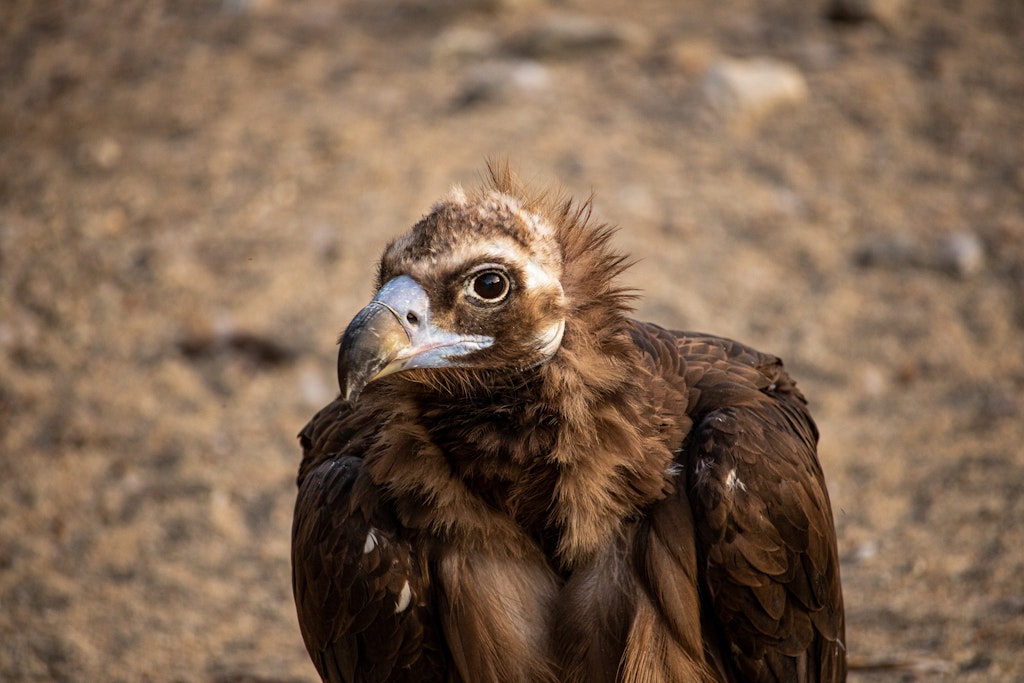By: Jared Moeller, Animal Care Curator
The Living Desert is proud to lead a long-term conservation and research initiative in Mongolia. The Ikh Nart Nature Reserve was established in 1996 as an important area for conserving argali sheep and Siberian ibex. However, the significance of Ikh Nart extends further, as it is recognized as an important bird area and serves as a critical nesting site for one of the world’s largest flighted birds. The cinerous vulture, or Eurasian black vulture, weighs up to 30 pounds and has a wingspan of up to 10 feet, and is just shy of the famous California condor in size.
This summer I had the great honor of taking a journey to the steppe of Mongolia where I got to see first-hand the conservation efforts of dedicated Mongolian researchers, park rangers, and local communities. For ten days, we collected data and samples from 8am–6pm all with the goal of better understanding this arid ecosystem where the Mongolian grasslands transition into the Gobi Desert. Though I assisted in all the data collection from argali and ibex surveys to plant sample collection, my primary reason for being there was to learn about Ikh Nart’s vulture research. The main objective was to tag young vultures with wing markers just before they fledged or left their nests.
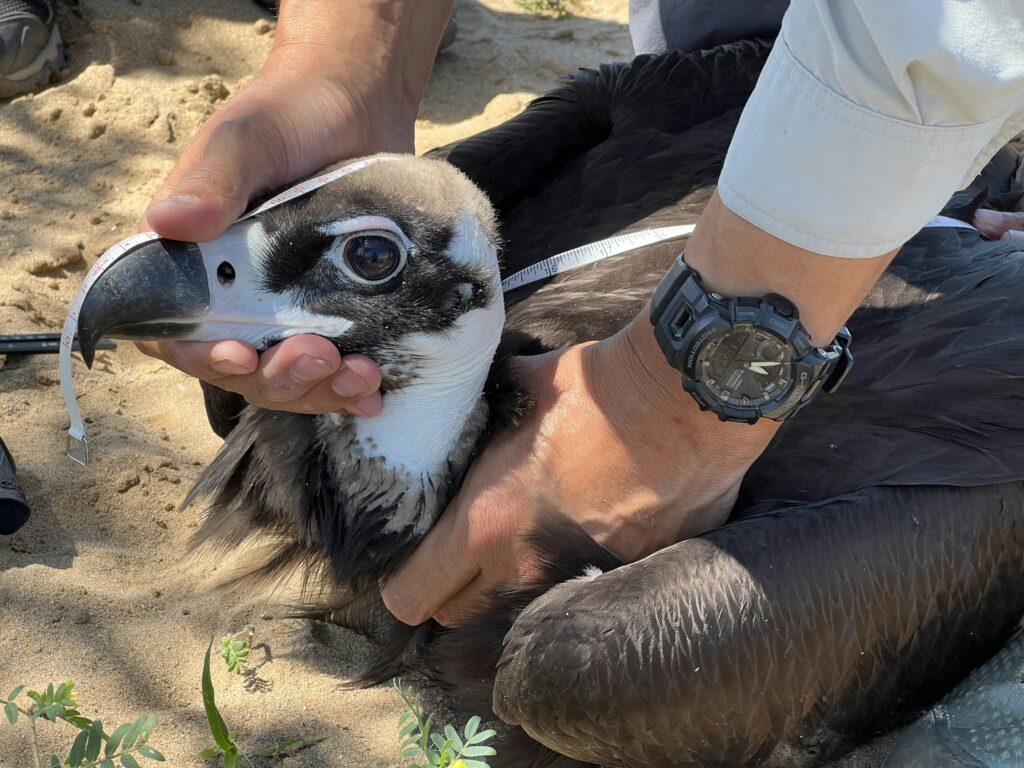
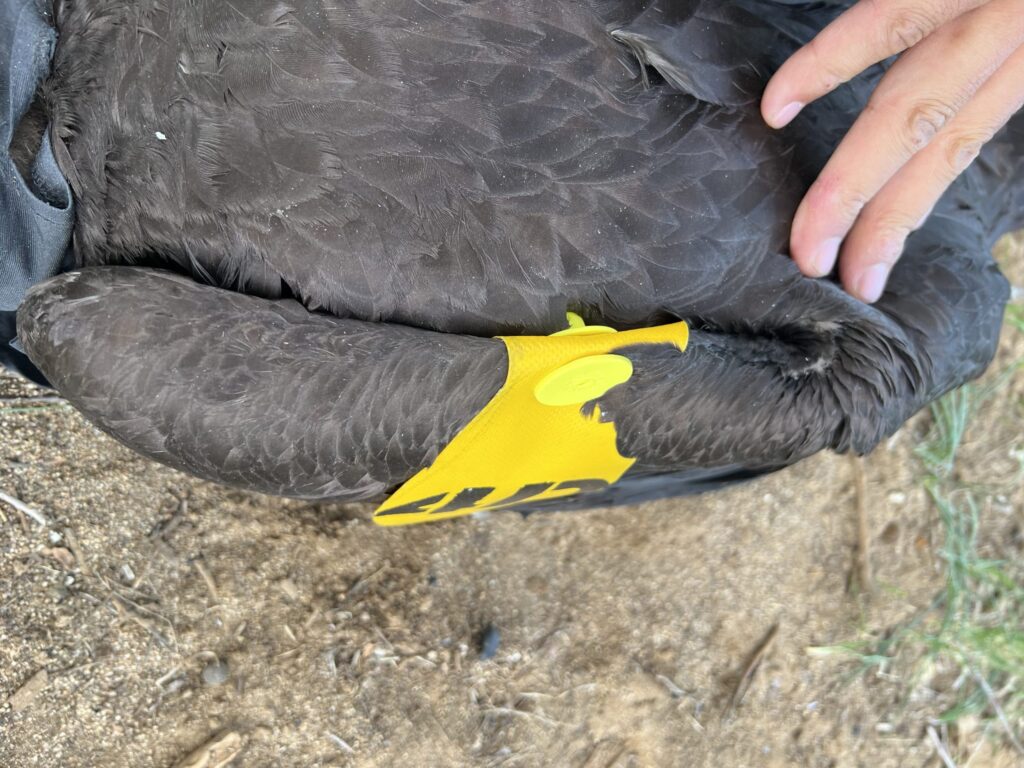
Now you might be asking, why in the world would we need to tag vultures? Well, that is just the point, these young vultures are world travelers. When research at Ikh Nart began, scientists wanted to understand their movements, so they started tagging vultures using techniques similar to those used for monitoring condors in California. What happened next was a revelation, researchers discovered that adult vultures stay in Ikh Nart year-round. While the juvenile birds migrate to South Korea. This is believed to be due to young birds not being as capable of handling the cold Mongolian winters. Then when the vultures reached breeding age, they returned to Ikh Nart. However, the revelations did not end there, these vultures will spend their adolescence or “college years” in eastern Mongolia. This research project shows just how interconnected our planet truly is and how life in South Korea can affect life in the steppes of Mongolia and vice versa. This is why we must all remember the ripple effects of our actions, no matter how far removed we think we are.
That explains the outcome of tagging a vulture, but how do you tag one? Well, the short answer is you capture them. However, one does not just run out onto the steppe saying I will catch a vulture. These captures aim to be as stress-minimal on the animals as possible. As such captures are limited to typically no more than 10 minutes with the vulture in hand. When a vulture is captured, the first step is to check its temperature. If the bird is too warm, we quickly tag it and return it to the nest. If the temperature is within a safe range, we proceed with collecting as much data as possible. This includes taking measurements such as body weight, talon length, wingspan, tail feather length, and more. The utility of this data is vast, but perhaps the best example of its importance is that researchers can determine a vulture’s age based on these measurements. Other correlations can be drawn when looking at this data statistically as well such as what is the rate of survival for nests on trees versus nests on rocks. Ultimately, over ten days in the field, we checked 116 nests and tagged 61 vultures. Around 20-25 vultures were too small to be tagged during this session of fieldwork.
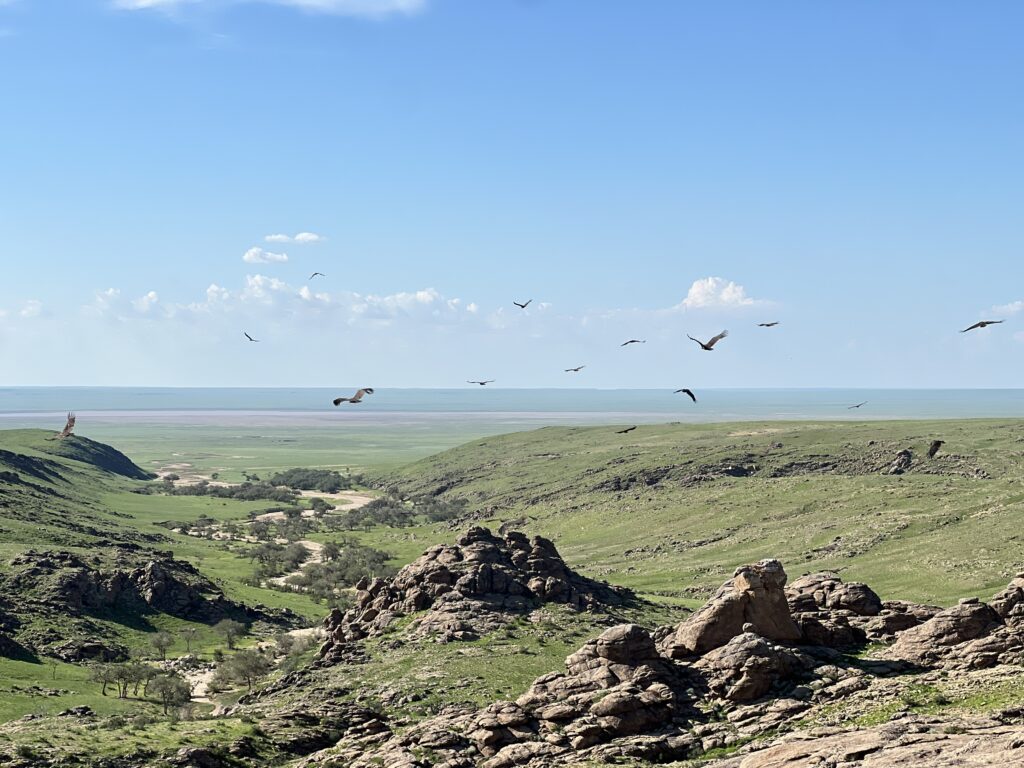
The Mongolian steppe is one of the most unique places on Earth. You stand on a hillside, and you can see for what seems like forever, sometimes it seems like you are all alone. But people live here as well and that is the final piece of this story. Ikh Nart and its stewards are building a community-based conservation approach where local people not only benefit from conservation but participate in it. Where local people used to see vultures as a threat to their livestock, they now help monitor them. The local pastoralists have started taking great pride in monitoring their vultures. Gana Wingard, The Living Desert’s Curator of Conservation for Mongolia, explained that this pride is also spreading to herders’ children. One of our ultimate goals in conservation is to inspire the next generation so that being a steward or active participant in maintaining healthy ecosystems becomes second nature.
The next time you’re at the Zoo, journey out to the African Safari aviary and look for our resident ambassadors of this species, Vicki and Vinnie the cinereous vultures.

